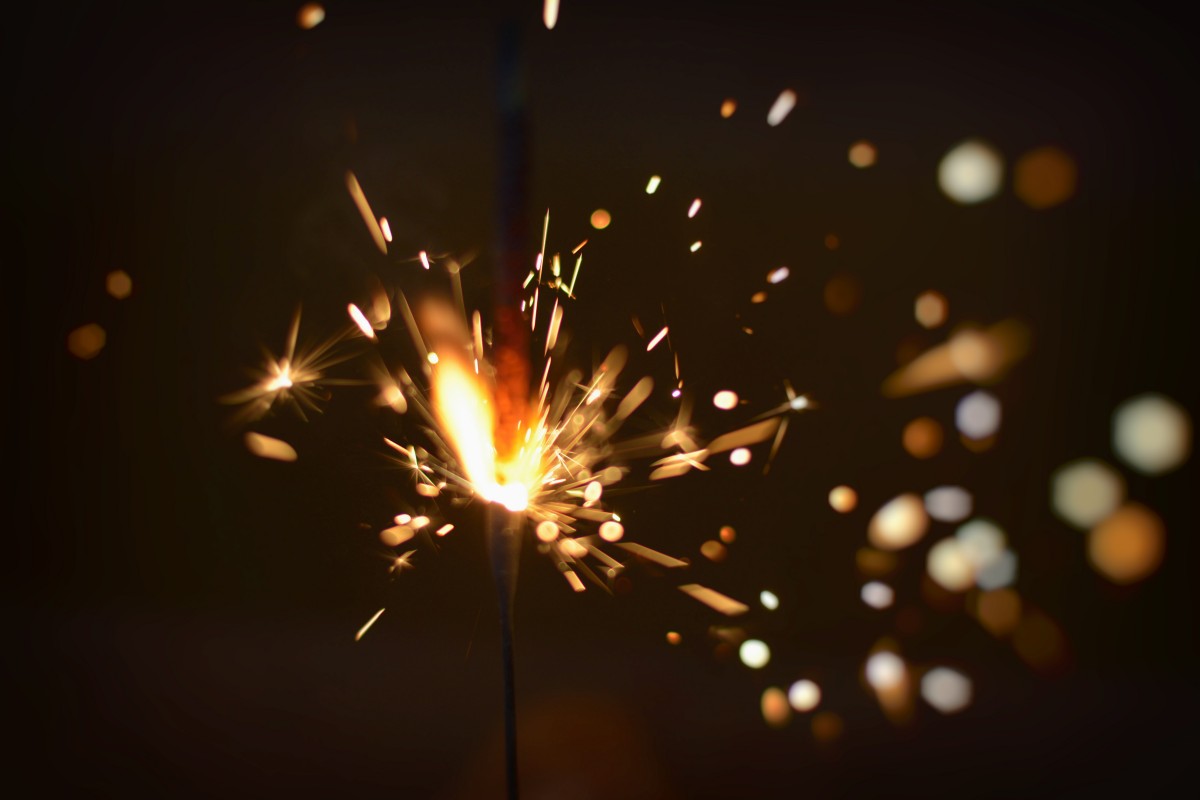conspiracy
Conspiracy Description
In ancient Greek religion and mythology, the Muses were the inspirational goddesses of literature, science, and the arts. They were considered the source of the knowledge embodied in the poetry, lyric songs, and myths that were related orally for centuries in ancient Greek culture.
- Calliope (epic poetry)
- Clio (history)
- Polyhymnia (hymn)
- Euterpe (flute)
- Terpsichore (light verse and dance)
- Erato (lyric choral poetry)
- Melpomene (tragedy)
- Thalia (comedy)
- Urania (astronomy, astrology, and space)
Much later, in Lectures on Aesthetics Hegel lists each of the five major arts in ascending order of "inwardness*: 1. architecture 2. sculpture 3. painting 4. music 5. poetry
in 1911, in his manifesto The Birth of the Sixth Art, Canudo argued that cinema was a new art, "a superb conciliation of the Rhythms of Space (the Plastic Arts) and the Rhythms of Time (Music and Poetry)", a synthesis of the five ancient arts: architecture, sculpture, painting, music, and poetry.
Canudo later added dance as a sixth precursor, a third rhythmic art with music and poetry, making cinema the seventh art.
Since then, many new forms of arts have been identified:
- 8th: television
- 9th: Bande dessinée (aka comics or mangas in other regions of the world)
- 10th: video games creation
Most of those forms of art rely on Suspension of disbelief which is
the avoidance—often described as willing—of critical thinking and logic in understanding something that is unreal or impossible in reality, such as something in a work of speculative fiction, in order to believe it for the sake of enjoying its narrative.
As such this category considers conspiracy theories as the 13th form of art where suspension of Suspension of disbelief is actually created by the authors rather than enabled by the spectators before the show.
